9 February 2025
Ever walked into a room and immediately felt drawn to a specific spot? That’s the magic of a focal point. It’s like the star of the show—the Beyoncé of your living room if you will. When done right, focal points not only grab attention but also make a home feel cohesive, inviting, and, let’s be honest, totally Instagram-worthy. Whether you're sprucing up a space for yourself or staging it to sell, creating focal points can make all the difference. In this article, we’re going to break down how to stage your spaces like a pro by giving every room its moment to shine.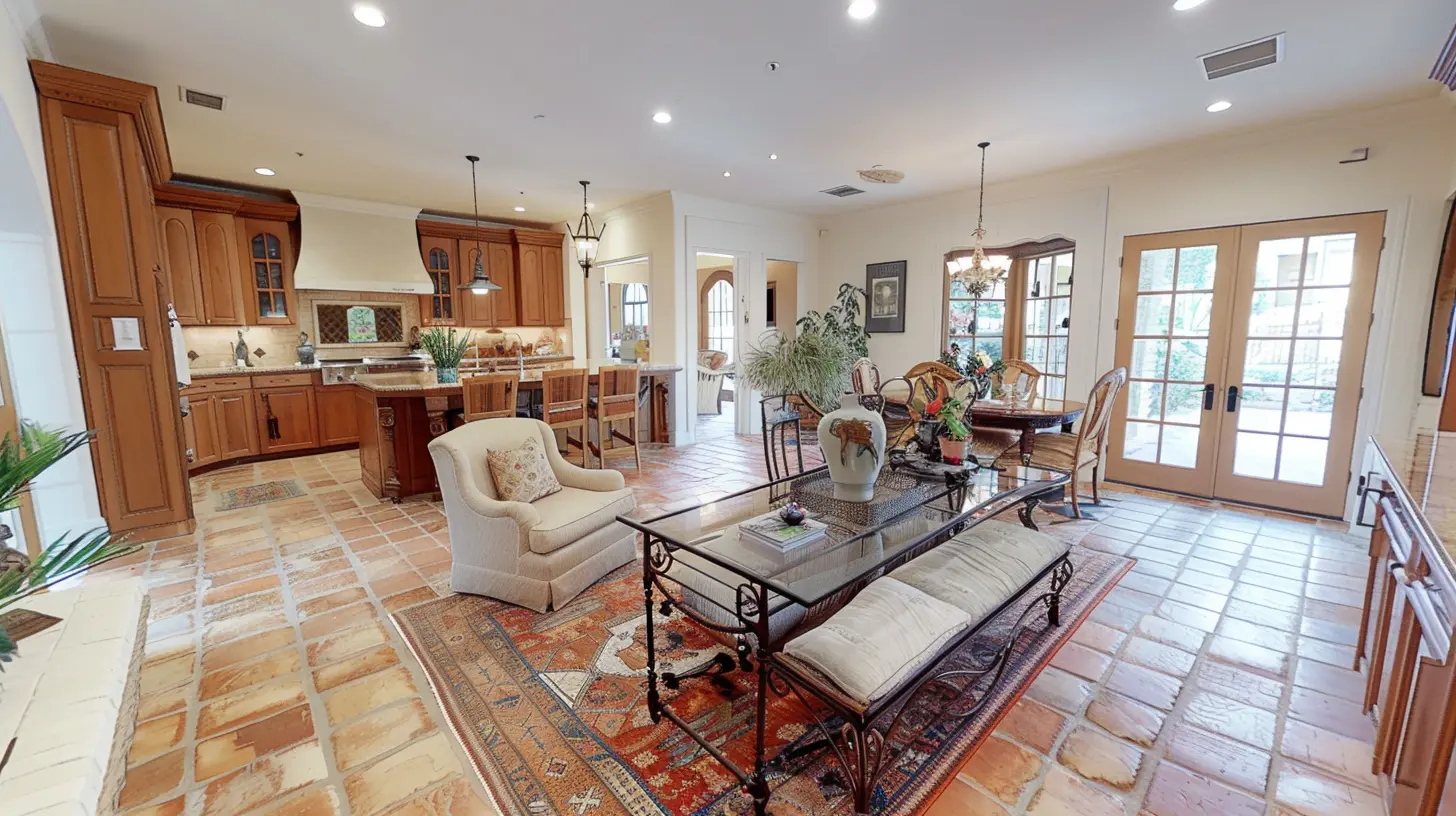
Why Are Focal Points Important in Home Staging?
Before we dive into the how, let’s quickly touch on the why. Why bother with focal points in the first place? Think of it this way: when you walk into a room, your eyes need somewhere to land. Without a focal point, a space can feel chaotic and disorganized, kind of like trying to watch six TV shows at once. Focal points bring a sense of balance and purpose to a room, drawing attention to its best features.For sellers, it’s even more crucial. Buyers need to feel an emotional connection to a space, and a well-placed focal point can trigger that “this is the one” feeling. 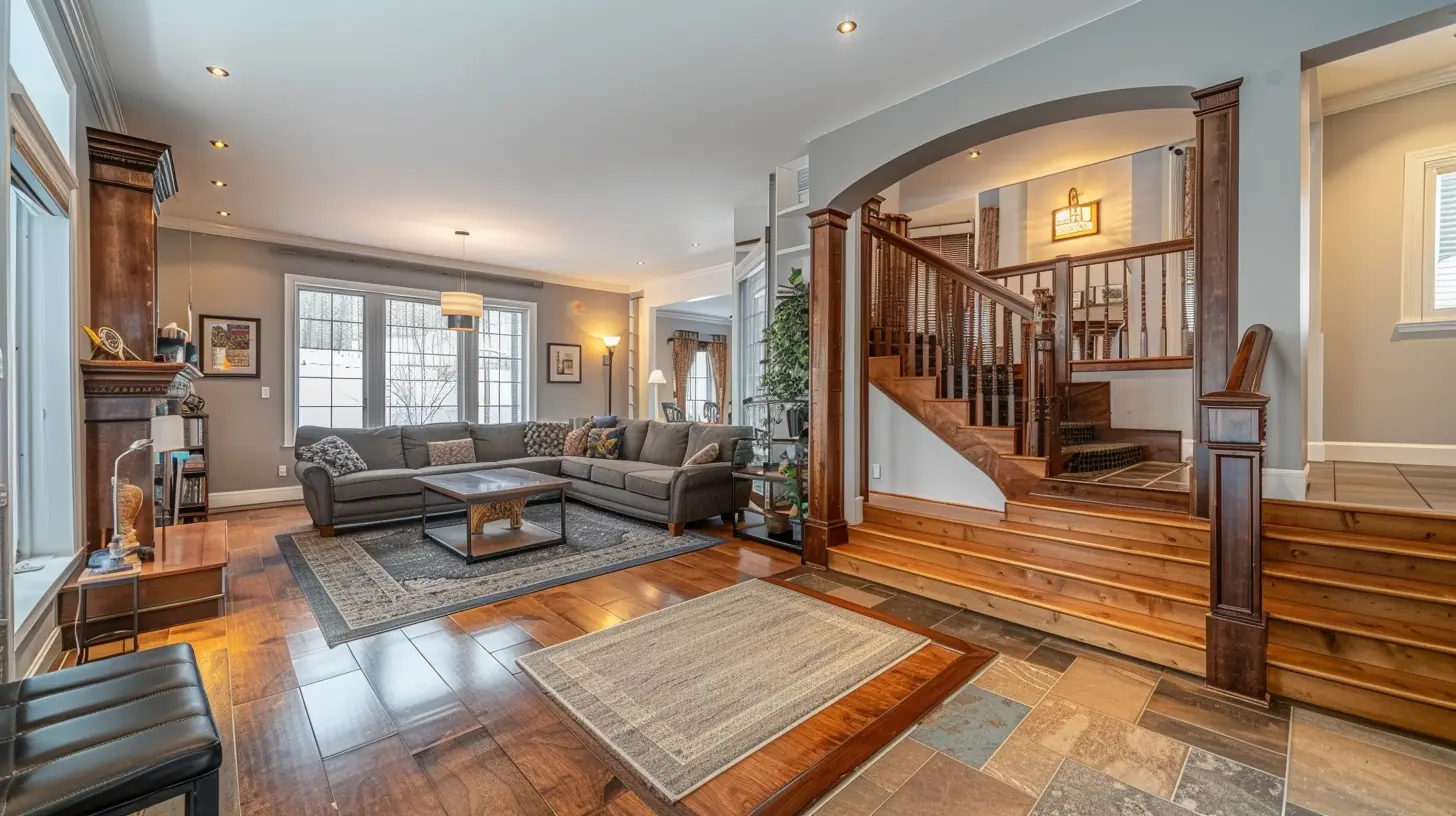
How to Identify the Natural Focal Point
Before you start rearranging furniture and hanging art, take a moment to identify the room’s natural focal point. Sometimes, the space already gives you a head start.Common Natural Focal Points:
- Fireplace: Who doesn’t love a cozy hearth? A fireplace naturally draws attention.- Large Windows or a Stunning View: If you’ve got breathtaking scenery, let those windows steal the show.
- Built-in Features: Think bookshelves, alcoves, or exposed brick walls.
- Architectural Elements: Beams, arches, or unique ceilings can naturally demand focus.
If your room doesn’t have any of these elements, don’t worry. You can always create a focal point, and we’ll cover plenty of ways to do that below.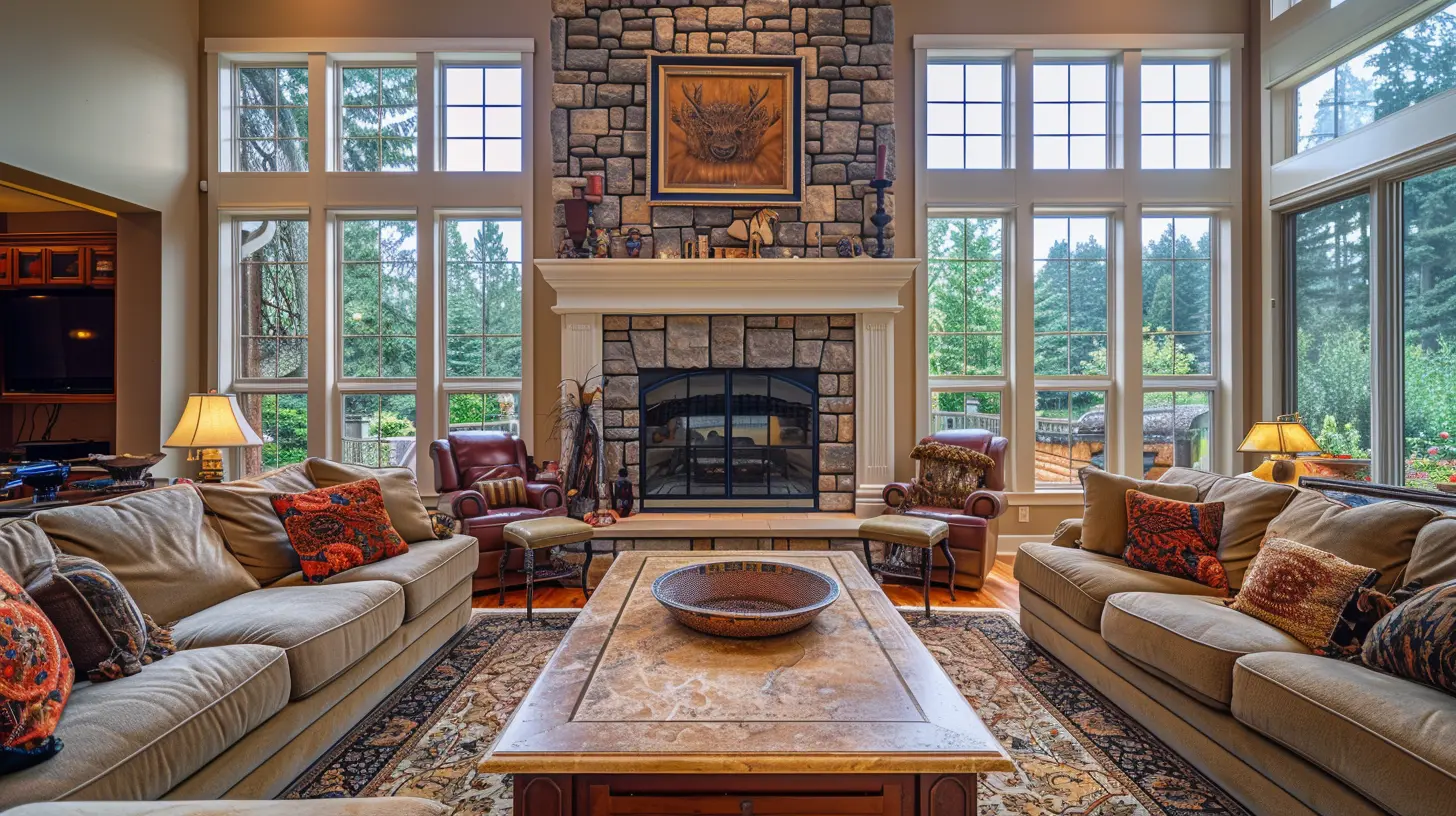
Creating Focal Points: Room-by-Room Guide
Every room in your house has its own vibe, so the way you create focal points will vary. Let’s break it down room by room.1. Living Room: The Heart of the Home
The living room is often the first place people gather, so it’s super important to get the staging here spot-on.- Anchor with a Statement Piece: A bold piece of art above the sofa or a colorful area rug can immediately catch the eye.
- Highlight the Fireplace (If You Have One): Arrange furniture around it, and add complementary decor like a mirror or artwork above the mantle.
- Use Furniture Groupings: Create conversation zones with sofas and chairs positioned to naturally guide the eye to the focal point.
- Lighting Matters: A unique floor lamp or chandelier can double as functional art, drawing attention upward.
2. Kitchen: More Than Just a Prep Space
You might think a kitchen doesn’t need a focal point, but this room is often the hub of the house.- Show Off the Island: If you have an island, dress it up with a bowl of fresh fruit or a vase of flowers.
- Backsplashes That Pop: A colorful or patterned backsplash can serve as the perfect focal point.
- Declutter the Countertops: A clean countertop makes room for decorative elements to stand out—think cutting boards, a stylish coffee maker, or small potted herbs.
- Pendant Lighting: Eye-catching pendants over the island or dining area can create a sense of sophistication.
3. Dining Room: Feast Your Eyes
Staging the dining room often revolves around creating a scene that looks inviting enough for a holiday feast.- Dress the Table: A simple centerpiece—like a candle arrangement, a floral display, or a set table—can instantly create focus.
- Feature an Accent Wall: A boldly painted or wallpapered wall can add depth and become the room’s focal element.
- Showcase Lighting: A stunning chandelier above the dining table? Yes, please.
4. Bedroom: A Cozy Retreat
The bedroom is all about comfort and relaxation. Your goal? Make it the coziest escape ever.- Let the Bed Do the Talking: The bed is always the focal point in a bedroom, so dress it to impress with eye-catching bedding, throw pillows, and a neatly folded blanket or quilt.
- Add Artwork: A large piece of art or a gallery wall above the headboard can frame the bed beautifully.
- Nightstand Styling: Lamps, books, and a few decorative pieces can enhance the focal area around the bed.
- Mirrors for Impact: A well-placed mirror can reflect light and add an extra layer of depth to the space.
5. Bathroom: Small Spaces, Big Impact
Bathrooms might be the smallest rooms in the house, but they’re perfect places to make a statement.- Highlight the Vanity: Add fresh flowers, neatly folded towels, or even scented candles to draw attention to the vanity area.
- Feature the Shower or Tub: A stylish shower curtain or a freestanding tub can easily become the room's main attraction.
- Use a Statement Mirror: A chic mirror over the sink pulls double duty as functional and decorative.
6. Home Office: Productivity Meets Style
More people than ever are working from home, so your home office needs to strike the right balance between function and flair.- Dress the Desk: Add a sleek desk lamp, a stack of books, or a plant to personalize the workspace.
- Create an Accent Wall: Use art, shelves, or wallpaper behind the desk to establish a focal area.
- Ergonomic Style: Even a comfy, statement chair can become the star of the show. 
Tips for Enhancing Focal Points
Once you’ve identified or created a focal point, there are ways to amplify its impact.1. Use Color Wisely
Color can make or break a focal point. Bright, bold shades or unique textures naturally draw the eye. A pop of color in a neutral room works like a magnet.2. Layer Decor Elements
Think of your focal point as a stage and the decor as the actors. Layer elements like frames, plants, or decorative objects to create depth and interest.3. Balance is Key
While focal points are meant to stand out, they shouldn’t overpower the room. Strike a balance so the space feels harmonious overall.4. Lighting is Everything
Don’t underestimate the power of good lighting. Highlight your focal point with directional lighting or accent lights to make it shine (literally).Mistakes to Avoid
Now that you’re a focal-point pro, let’s quickly go over a few common pitfalls to avoid.- Clutter Overload: Too much decor competes for attention and defeats the purpose of a focal point.
- Ignoring Scale: A tiny piece of art on a massive wall won’t do the job—scale your focal point to fit the space.
- Unclear Purpose: Each room should have one primary focal point to avoid confusion.
Final Thoughts
Creating focal points in your home is like giving every room its own personality. It’s about striking the perfect balance between function and visual appeal. Whether you’re staging to sell or simply want to fall back in love with your space, these tips will help you create rooms that not only look good but feel good. Besides, who doesn’t love walking into a space that instantly feels like it belongs on the cover of a design magazine?So go ahead, put on your designer hat, and start staging like a pro. Your rooms deserve their moment in the spotlight!

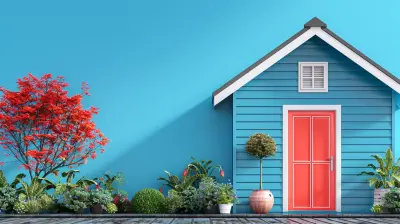
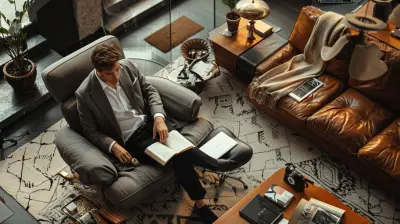
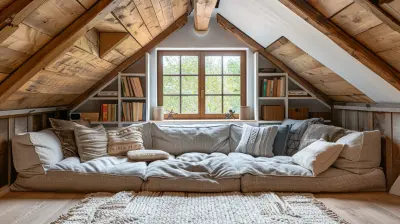



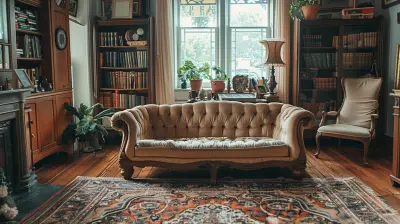




Elijah Underwood
Great insights on staging! I appreciate how you highlighted the importance of focal points in enhancing a room's appeal. These tips are invaluable for anyone looking to elevate their home’s aesthetic and attract potential buyers. Thank you!
April 1, 2025 at 7:36 PM